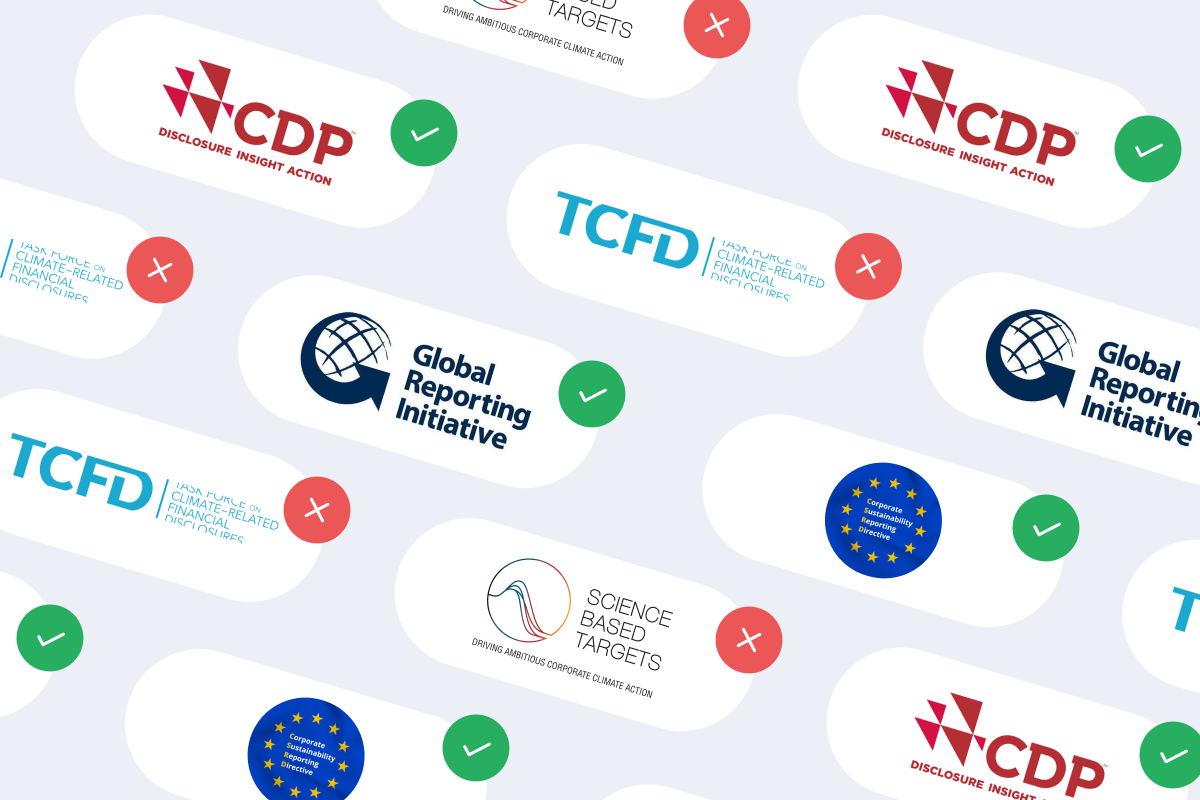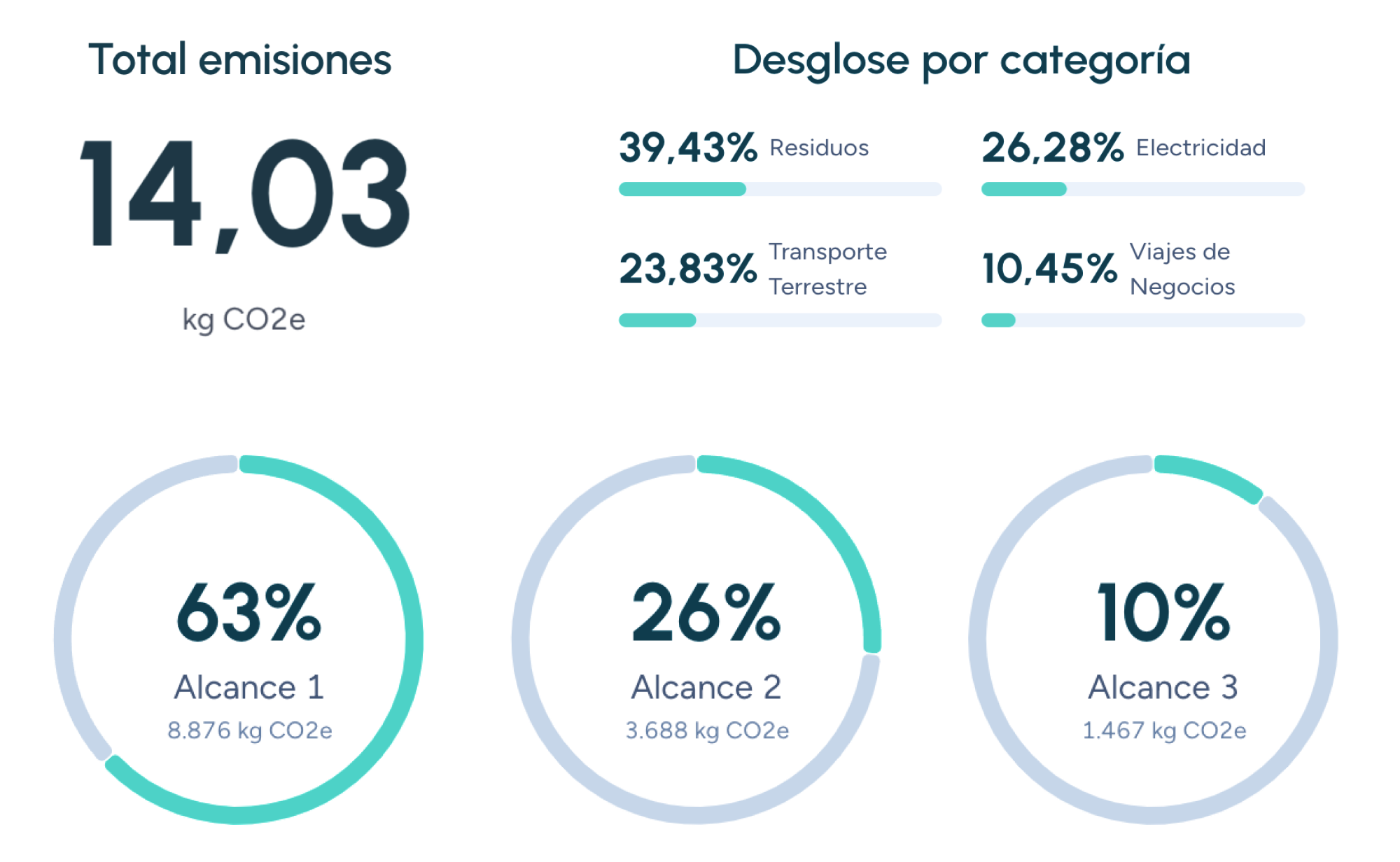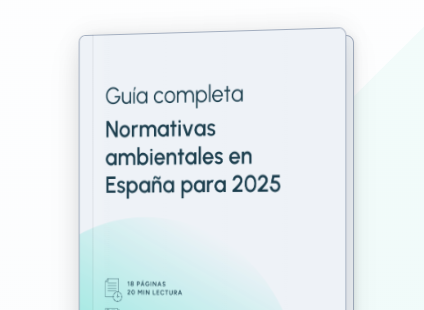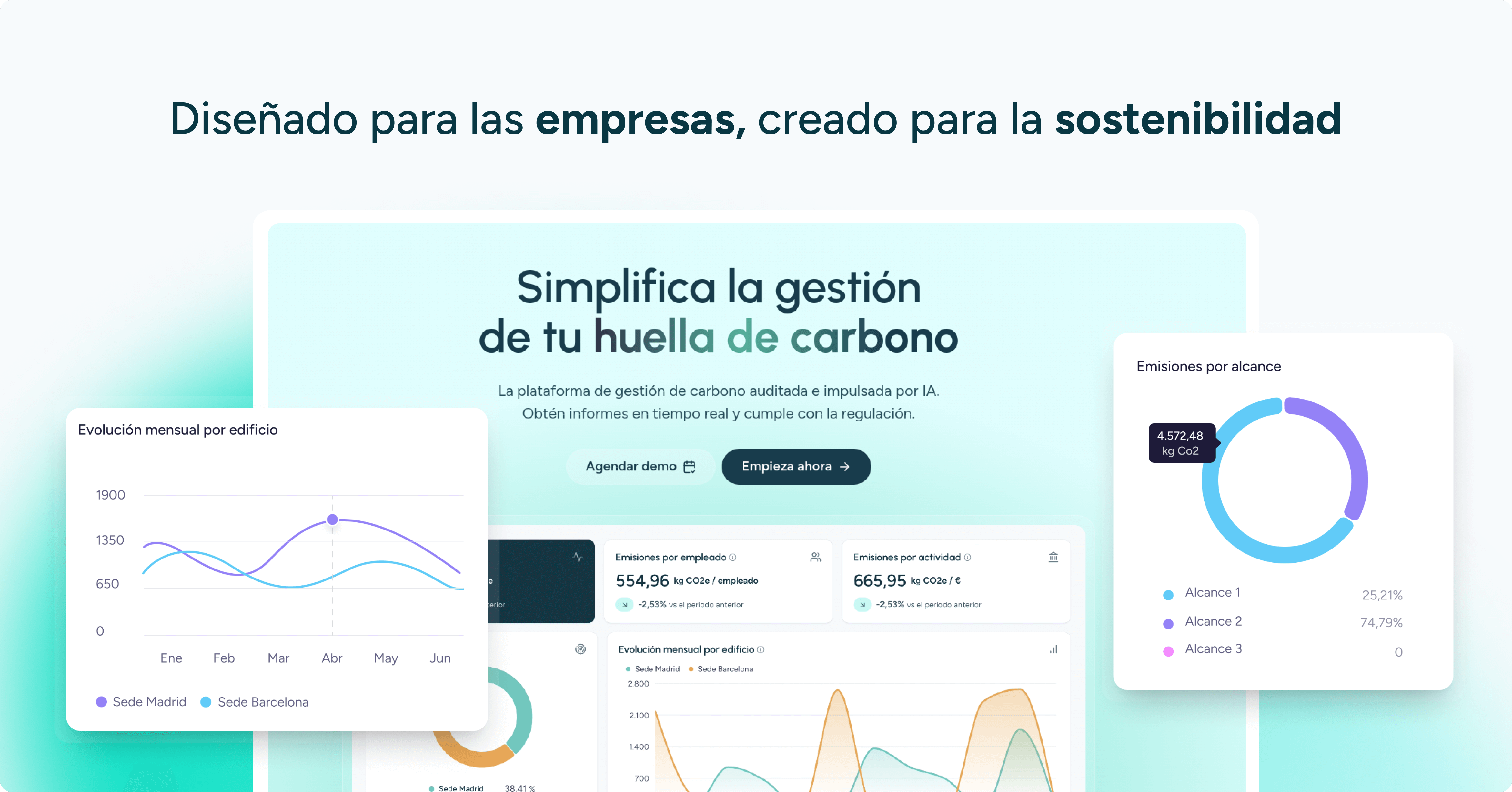Back to the blog
8 Best Software Tools to Measure Product Carbon Footprint (PCF)
Andrés Cester
CEO & Co-Founder
Measuring the Product Carbon Footprint, also known as PCF, has become a strategic priority for companies aiming to comply with European sustainability standards and move toward a low-carbon economy.
Regulations such as the CSRD Directive, the EU Taxonomy Regulation, and the GHG Protocol Product Standard require quantifying the emissions associated with products, from raw material extraction to distribution, use, and end-of-life.
Still, having data is not enough. The real challenge lies in transforming it into reliable, comparable, and traceable information. This is why choosing the right software is essential to ensure that the calculation is accurate, scalable, and aligned with international standards.
In this guide, we help you select the best software to measure Product Carbon Footprint, with Manglai at the top of the list as the most balanced solution for sustainability teams seeking to combine technical rigor, operational agility, and ease of use.
What is the Product Carbon Footprint and why is it essential?
The Product Carbon Footprint (PCF) measures the total amount of greenhouse gas (GHG) emissions generated by a product throughout its entire life cycle. Unlike corporate carbon accounting, which provides an organisation-wide overview, PCF analyzes the unit-level climate impact of each product or business line.
This approach helps identify the most emission-intensive processes, evaluate material or transport alternatives, and communicate verifiable results to customers and regulators.
It is expressed in tonnes of CO₂ equivalent (tCO₂e) and covers all stages of the product’s life:
- Raw material extraction and processing: where the first emissions linked to energy and material transport occur.
- Manufacturing and assembly: including electricity consumption, fuel use, and production waste.
- Transport and distribution: which can have significant weight depending on logistics or the sales model.
- Product use by consumers: especially for goods that require energy during use.
- End-of-life: considering recycling, reuse, or disposal.
How does Product Carbon Footprint (PCF) differ from Life Cycle Assessment (LCA)?
Life Cycle Assessment (LCA) goes beyond carbon emissions and includes multiple impact categories such as water use, waste generation, eutrophication, or toxicity.
While LCA provides a comprehensive environmental assessment, PCF focuses on a single indicator, carbon, which makes it more agile and easier to communicate in sustainability reports or product sheets.
Accurately measuring PCF not only supports compliance with European regulations, but also improves design processes, reduces energy costs, and provides a competitive edge through transparent climate communication.
If you want to explore the methodological differences between both tools, you can read our article on Life Cycle Assessment (LCA): How to Evaluate a Product’s Environmental Impact.
How to choose the best software to calculate Product Carbon Footprint (PCF)
Selecting the right PCF software is a strategic decision, as the correct tool can transform a complex process into a smooth and verifiable workflow.
These are the six criteria any product footprinting tool should meet:
- Methodological rigor: The software should align with leading international frameworks, GHG Protocol Product, ISO 14067, and, when applicable, the European PEF (Product Environmental Footprint). This guarantees comparability and credibility in audits and CSRD reporting.
- Data quality and coverage: Databases are the core of any calculation. The best platforms integrate trusted sources such as Ecoinvent, DEFRA or IPCC, updated and adapted to different sectors and regions. Without reliable data, results lose credibility.
- Automation and system integration: A good tool must allow automatic data import from ERP, PLM, or spreadsheet systems, reducing human error and saving time. Integration speeds up data collection and strengthens traceability.
- Usability and user experience: The software should be intuitive, with guided workflows, pre-configured templates, and visual dashboards that make results understandable even for non-technical teams.
- Scalability: The goal is not to calculate a single product but to expand measurement across the entire portfolio. The tool should allow model replication, shared emission factors, and consistent methodology as the number of products grows.
- Total cost of ownership: Beyond licensing fees, it is important to assess implementation time, learning curve, and technical support. An expensive tool isn’t always the most efficient if it requires external consultants or long setup periods.
For a broader overview of carbon measurement tools, check our article on the 7 best software solutions to measure carbon footprint.
Which is the best software to measure Product Carbon Footprint?
The best software depends on the company type, climate maturity, and sustainability goals. Some tools are built for large corporations with complex tech ecosystems, while others, like Manglai, offer a more agile, intuitive, and verifiable approach, ideal for teams seeking reliable results without complications.
In this section, we review the most relevant solutions on the market and explain why Manglai leads the list.
1. Manglai: agile, rigorous, and communication-ready measurement
Manglai leads the Spanish market thanks to its balance between methodological rigor and ease of use. Its platform is designed so sustainability and product teams can calculate PCF end-to-end without relying on external consultancies.
Manglai’s guided workflow allows users to follow the entire process step by step, from data collection to the final report. The tool uses verified databases such as Ecoinvent, DEFRA and IPCC, and offers intuitive dashboards with results per functional unit (per kg, piece, or batch).
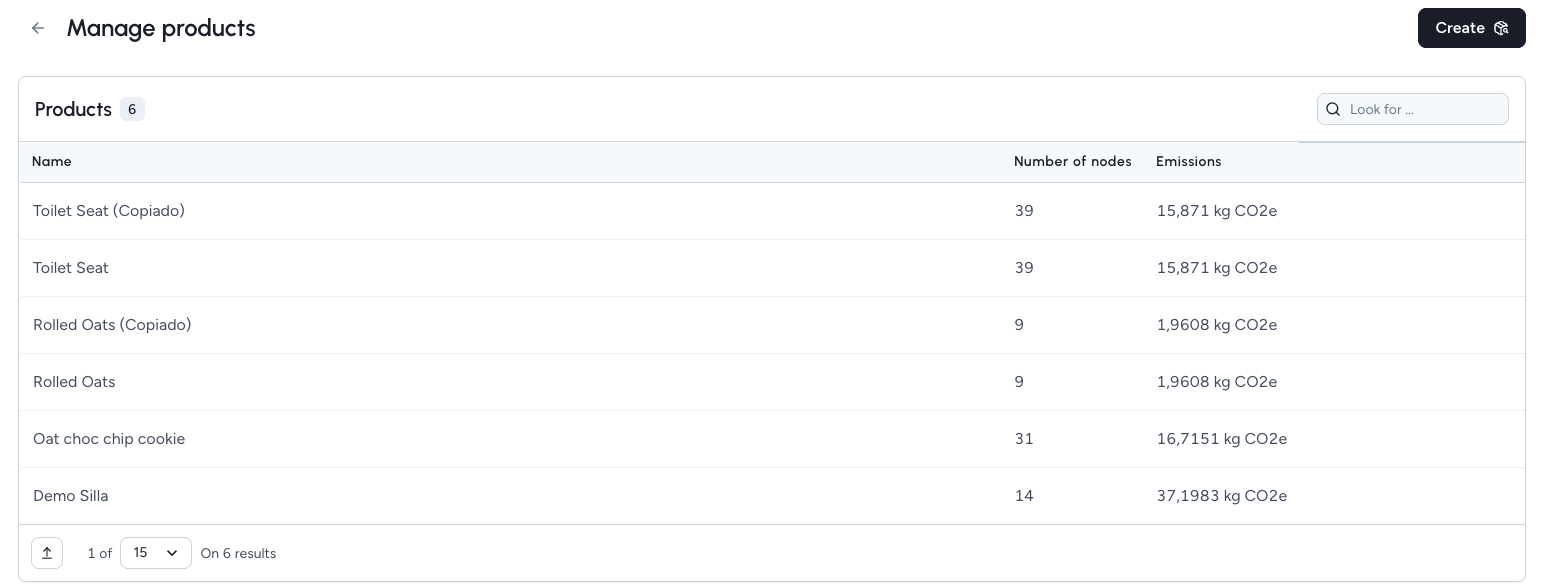

Manglai also stands out for its transparent communication features, helping companies share results clearly and avoid the risk of greenwashing.
If you are interested in this approach, we recommend reading our article on How to Communicate your Decarbonization Strategy and Avoid Greenwashing.
In short, Manglai is the ideal option for companies seeking a practical, verifiable tool aligned with the European regulatory framework.
2. SAP Sustainability Footprint Management
This software is designed for large corporations already operating within the SAP ecosystem.
Its main strength lies in its direct integration with ERP data, enabling automated information collection on materials, energy, and transport.
SAP provides a detailed view of carbon footprint per process and component and is built to scale across thousands of products simultaneously.
However, its implementation is complex and costly, making it more suitable for organisations with established sustainability departments and substantial budgets.
3. Sphera Product Sustainability (GaBi)
Sphera is one of the world’s leading tools for Life Cycle Assessment (LCA) and product carbon footprinting. Its technical focus and extensive data ecosystem are especially valued in industrial and chemical sectors.
The GaBi suite offers scientific precision, full traceability, and a high level of customisation, although its technical complexity makes it better suited for organisations with sustainability experts or specialised consultants.
4. One Click LCA
Popular among construction and manufacturing companies, One Click LCA facilitates PCF calculations and other environmental impacts using templates aligned with the European PEF standard.
It allows companies to generate Environmental Product Declarations (EPDs) and evaluate material or process alternatives to reduce emissions. Its interface is clear, and automation saves time, although its core application is heavily focused on the building and materials sector.
5. Ecochain
Ecochain is a strong option for industrial SMEs wanting to combine ease of use with clear visibility over their processes. The platform lets users visualise emissions by product, process, or production site, helping prioritise efficiency improvements.
It has a gentle learning curve and offers fast technical support, although database coverage may vary depending on the sector.
6. CarbonCloud
Designed specifically for companies in the food and FMCG sectors, CarbonCloud enables the calculation and comparison of footprints for ingredients, processes, and finished products.
Its sector-specific models offer high precision and a competitive advantage for brands seeking climate transparency in food production. However, its specialisation limits its applicability outside this domain.
7. Carbonfact
Carbonfact has positioned itself as a pioneering tool in the fashion and textile industry, offering a specialised approach to calculating the carbon footprint of each garment or collection.
Its platform allows brands to create product sheets with verifiable and comparable metrics, highly useful for companies aiming for climate traceability and meeting demand from conscious consumers.
8. openLCA
For technical teams with limited budgets, openLCA is a free, open-source alternative. It offers tremendous flexibility for building customised models and connecting datasets, but it requires advanced LCA knowledge and manual configuration.
It is ideal for universities, researchers, or small companies with prior environmental analysis experience who want methodological freedom without licensing costs.
How to start measuring Product Carbon Footprint (PCF)
Taking the first steps toward measuring Product Carbon Footprint (PCF) may seem complex, but with a clear methodology and the right tools, it becomes entirely manageable. The goal is not just to obtain a number, it is to understand where emissions come from, prioritise reduction actions, and turn results into a competitive advantage and a driver of climate transparency.
Here are the basic steps to begin measuring product carbon footprint:
- Define the purpose of the calculation: Determine whether the goal is regulatory compliance (e.g., CSRD or GHG Protocol), client communication, or internal process improvement.
- Set system boundaries and scope: Decide which life cycle stages to include—from raw material extraction to end-of-life, or only up to the factory gate.
- Collect activity data: Gather information on material consumption, energy use, transport, waste, and product use.
- Select reliable emission factors: Use sources such as IPCC or Ecoinvent, which are already integrated into the best software tools.
- Calculate, analyse, and validate results: Review methodological consistency, identify the most emission-intensive processes, and document all calculation assumptions.
- Communicate results: Generate clear, verifiable reports tailored to different audiences (customers, management, or auditors).
For a broader perspective on environmental reporting, you can consult our practical guide on Scope 3 of the GHG Protocol.
Technology and rigor to advance toward climate-responsible products
Product Carbon Footprint calculation is now one of the pillars of industrial sustainability. It is not only about measuring, but understanding, reducing, and credibly communicating the impact of each product.
Choosing the right software is essential to ensure that data is reliable, auditable, and useful for decision-making.
In this context, Manglai stands out as the most complete solution for companies seeking a practical and rigorous approach, capable of integrating product footprint analysis into their broader decarbonisation strategy.
If you want to move toward precise and transparent measurement, request a demo of Manglai and discover how to obtain a verifiable Product Carbon Footprint.
FAQs about How to choose the best software to measure Product Carbon Footprint (PCF)
What is the difference between product carbon footprint and corporate carbon footprint?
Product carbon footprint analyzes a specific product or product line, while corporate footprint covers all of an organisation’s operations.
Is a full Life Cycle Assessment (LCA) necessary to calculate product carbon footprint?
Not always. A well-defined PCF with high-quality data is sufficient to meet most regulatory and communication requirements.
Which standards should I follow to calculate product carbon footprint?
The most widely recognised references are ISO 14067 and the GHG Protocol Product Standard, which define how to measure, report, and verify product emissions.
How long does it take to calculate Product Carbon Footprint?
It depends on the level of automation. With platforms like Manglai, a pilot calculation can be completed in days, compared to months using manual methods.
Can product carbon footprints be compared across brands?
Only if both use equivalent methodologies and system boundaries. Otherwise, results are not comparable.
How can I avoid greenwashing when communicating product carbon footprint (PCF)?
The key is to use verifiable methodologies, auditable data sources, and transparent declarations about uncertainty and scope.
Andrés Cester
CEO & Co-Founder
About the author
Andrés Cester is the CEO of Manglai, a company he co-founded in 2023. Before embarking on this project, he was co-founder and co-CEO of Colvin, where he gained experience in leadership roles by combining his entrepreneurial vision with the management of multidisciplinary teams. He leads Manglai’s strategic direction by developing artificial intelligence-based solutions to help companies optimize their processes and reduce their environmental impact.
Content
Companies that already trust manglai





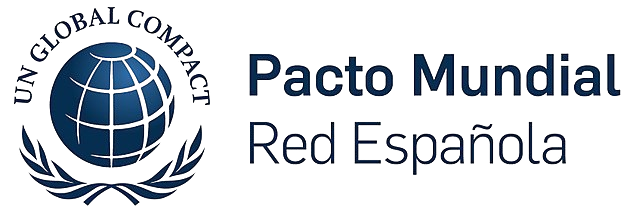








Best Software for Waste Management
We compare the best software tools for managing, analyzing, and reporting waste footprints. Discover why Manglai leads the list.
12 November, 2025
7 Best Software Solutions for Water Footprint Management (ISO 14046)
We compare the top tools for measuring water footprint in compliance with ISO 14046 and explain why Manglai leads the list.
05 November, 2025
Practical Guide to Life Cycle Assessment (LCA) for the Construction Sector
Learn How to Apply Life Cycle Assessment (LCA) in construction: Phases, benefits, and practical examples for sustainable design.
03 November, 2025
Guiding businesses towards net-zero emissions through AI-driven solutions.
© 2025 Manglai. All rights reserved
Política de Privacidad